Are you planning on acquiring a shipping container home but are wondering how long does shipping container homes last? Wonder no more, for in this article, we will tackle the question and even tell you how to maintain your shipping container home so it will last longer than you expect.
However, shipping is the physical movement of goods from a point to another. It originally referred to the transportation of goods via sea but now includes air, rail, and road transport as well and is done by packaging goods in a container and moving them onwards to their desired destinations.
Shipping containers are containers having the strength to withstand shipment, storage, and handling while transporting goods. They could be large reusable steel boxes, wooden containers, or regular corrugated boxes. They can be further recycled and made into shipping container homes.
As the name implies, a shipping container home is a house made from these recycled containers. They can be used to make a stationary or mobile living space with a unique design, size, and cost. These homes can be either one individual container or multiple containers in one.
They are now being widely embraced by a vast majority of the populace due to the numerous advantages they present.
But the question is, how long do shipping container homes last? Shipping container homes can last for 25 to 30 years and can even last longer if it is maintained properly by not placing any weight on the middle of its roof, building the container on level ground, using insulation materials on it, and ensuring that dust and rust are properly cleaned.
Table of Contents
Do Container Homes Hold Value?
Value in this sense refers to the price the house will go for at a specific point in time. Therefore, yes, shipping container homes do hold value but the value of a container home will more likely be influenced by the location of the property it is built on.
If the container home is in a busy city like Manhattan, it will command a huge amount of money as its value. Shipping container homes in some states are required by law to be outside of residential areas so they are sited in rural areas.
These rustic places usually have an idyllic view and are quiet, having cleaner air and a better quality of life. If this is factored in, it definitely increases the value of these homes.
Homes made out of shipping containers are becoming increasingly popular in recent times. With serious beautification efforts done on them, they can be made to look really beautiful and unusual.
These homes contrary to expectations hold long-term value. Their designs can be changed whenever one feels like, they can be repurposed to meet new standards and be easily transported.
These benefits add to their value as the modification and beautification efforts will be considered while answering the question of whether container homes hold value.
Of recent, they have become a popular go-to for people looking to live a minimalist life and can be rented out during the weekends as a vacation home or sold outrightly. They have a resale value of more than 100% and being able to deliver them to whatever location one might want makes them very valuable. They offer an ease a traditional home cannot give. These show that shipping container homes hold immense value.
Do Shipping Container Homes Depreciate?
As with traditional homes, shipping containers can also experience depreciation. One would think that being an innovative housing solution widely touted as environmentally friendly, shipping container homes would be exempt from depreciation. This view could not be more wrong.
Like other assets, shipping container homes have their own pros and cons. They are susceptible to wear and tear. Being made of steel, they could rust and experience little leakages. The toxic materials like lead and iron used in making them could seep through and pollute the beauty of the home.
Depending on the location of the home and the quality of the building process, these containers can be prone to flooding and mildew. If the shipping container is in a bad neighborhood, its value will also be negatively impacted.
If they are made of wood, the containers can become a target of termites, ants, and other wood-depleting insects. Wood is a kindling so, in the event of even the smallest spark, the wooden container can be burnt to the ground. Wood experiences wear and tear and can lose its luster with time, this will not in any way be beneficial to the value of the home.
How Long will a Shipping Container Home Last?
Shipping container homes can last for about 25 years to 30 years depending on how it is maintained and protected. If it is well maintained and managed, it may even last longer than 30 years. But you have to make sure that the outer layer is well protected by using a siding to protect the exterior of the container.
Some of these homes built from shipping containers that are exposed to harsh ultraviolet (UV) rays of the sun, salt from the sea, constant sprays of seawater, and rain before they are then treated and recycled into homes for people to inhabit.
These particular sets of shipping containers are used at sea for about 10 to 12 years before they are converted. The life expectancy of a container like this will differ from the containers used in a storage facility.
Containers used in a storage facility are protected from the hazards that their counterparts at sea regularly face and can last for about 25 to 30 years.
However, where the container was specifically made to build houses, they will have a longer-lasting life span. The containers are kept in a friendly environment and are treated before being used in the building process. As such, they can last for up to 50 years.
Moreover, a container that was overly modified for use as a home, might experience a tipping point at which stage the life expectancy will be greatly reduced.
Do Shipping Container Homes Rust?
Being made out of metal, shipping container homes will rust if not properly treated and maintained. some of them are covered with cor-teen steel which is corrosion-resistant steel that may delay the rusting process but will not stop it from rusting eventually.
Shipping containers may either experience structural rust or non-structural rust. Structural rust will occur in shipping container homes located in damp places, this will cause the entire container to rust. Non- structural rust happens on a surface level. It poses no danger and can be easily taken care of.
How to Maintain Shipping Container Homes to Last
Here are how to maintain shipping container homes to last long:
Protection from Harsh Weather
The shipping container home must be protected from harsh weather. If possible, try to site it in a location with acceptable weather. Where that can’t be done, one must make do and ensure that it is isolated from the effects of harsh weather by blocking every access moisture might have to the container and painting it with ceramic insulation paint.
Build the Home on Level Ground
By building the shipping container home on level ground, it will remain stable no matter how the ground moves. The foundation must be well done so the container’s weight is evenly distributed thus preventing splits and cracks.
Allow Vegetations to Grow on the Sides
The shipping container home should be constructed in such a manner that allows more vegetation to grow on the sides that will be under direct weather exposure. The vegetation will serve as windbreakers or sponges protecting the house. It might also help to construct a basement to keep the underside constructed.
Make Use of Insulating Materials
Use insulating materials like spray foam insulation panels, wool, and cotton to keep the container safe from condensation.
Regular Cleaning of Dust and Rust
Dust and rust must be cleaned off immediately they appear. Rust can be combated by ensuring that water does not gather on the rooftop or on dents on the container’s body. Sandpaper and sandblasting will serve as an effective means to remove any trace of rust.
Avoid Placing Weight on the Middle of the Roof
Avoid placing any weight on the middle of the container roof. Much of the container’s weight is handled by the four corners but the middle part is not as strong. Care must be taken to ensure that nothing heavy lands at the middle part or is placed on it.
Conclusion
Shipping container homes are a veritable solution to the housing crisis facing most parts of the world today. They are cheap, sustainable, and encourage minimal living. These homes have the capacity to last for a very long time provided proper maintenance measures are taken.

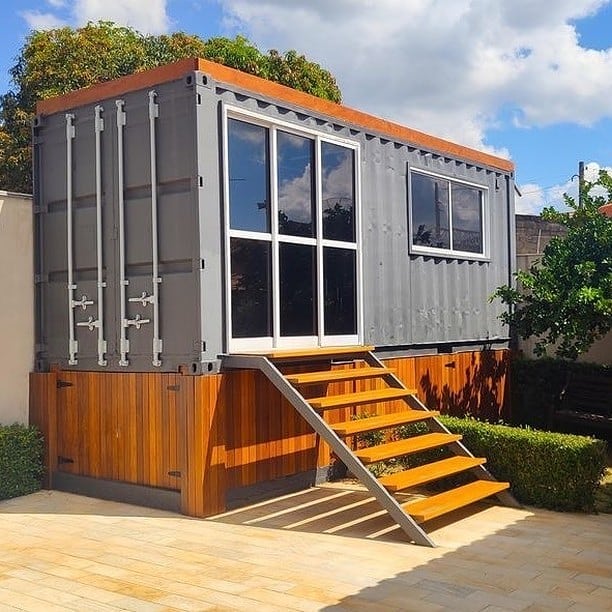

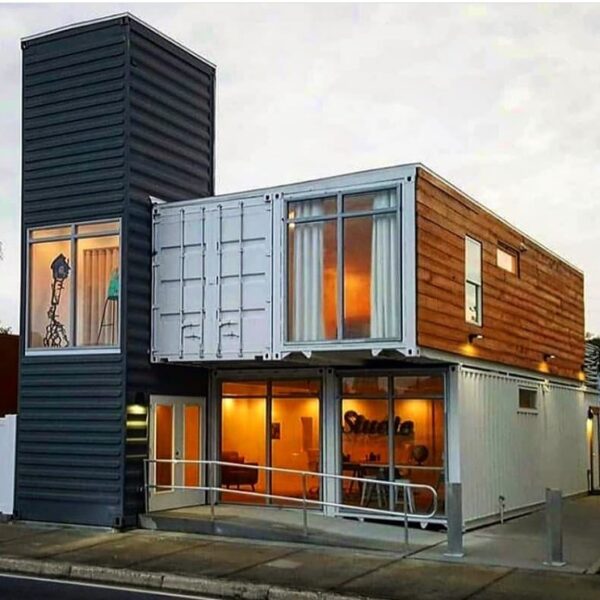


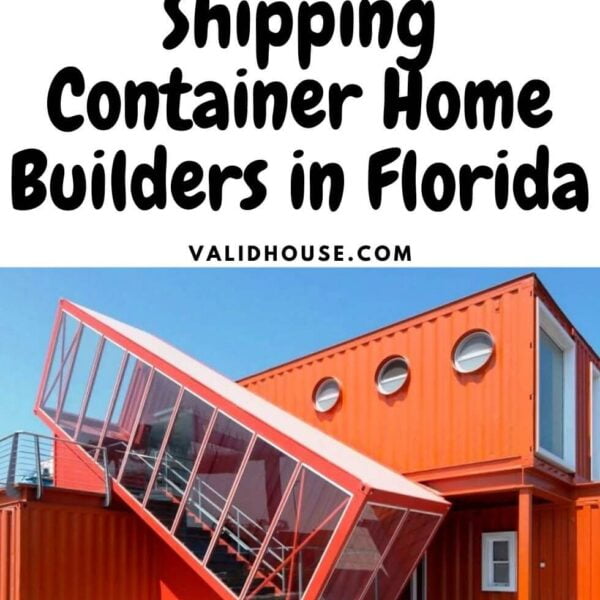

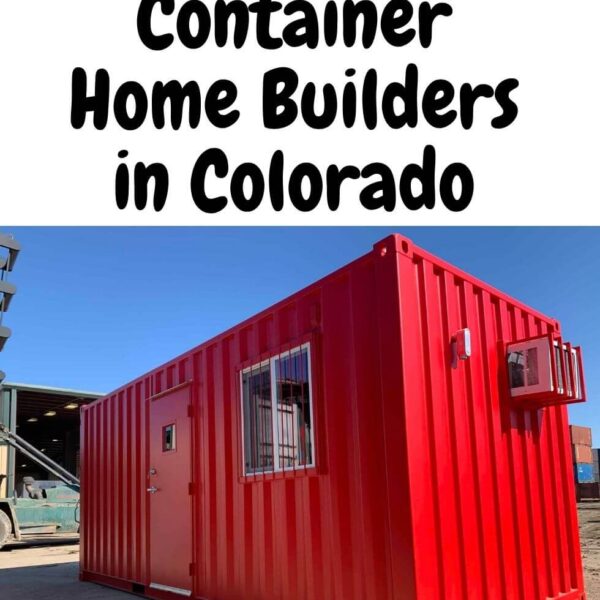
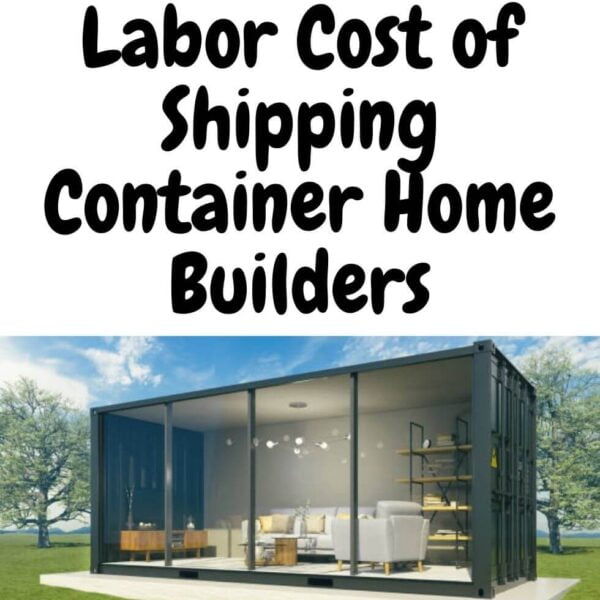
Leave a Comment